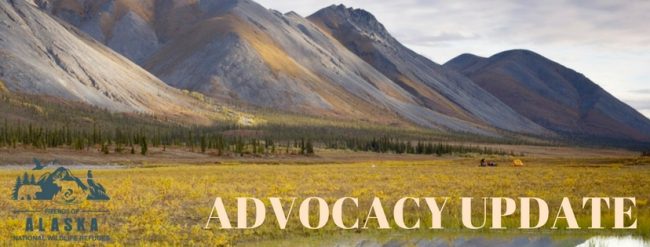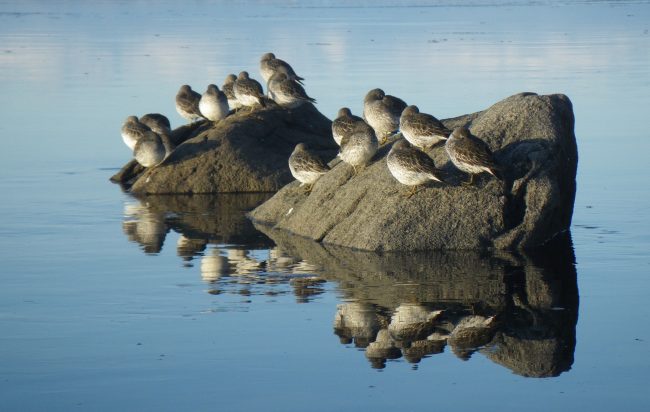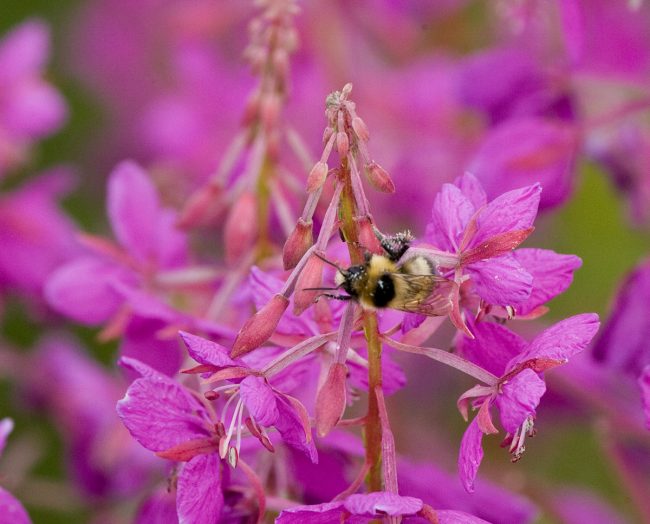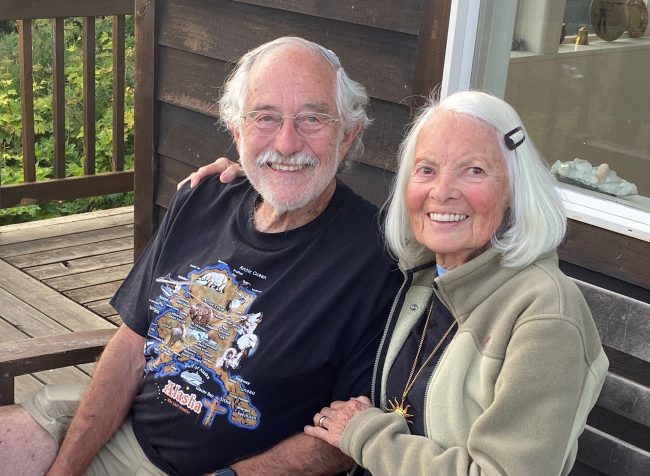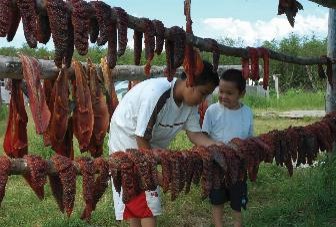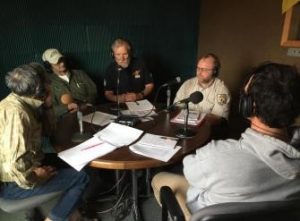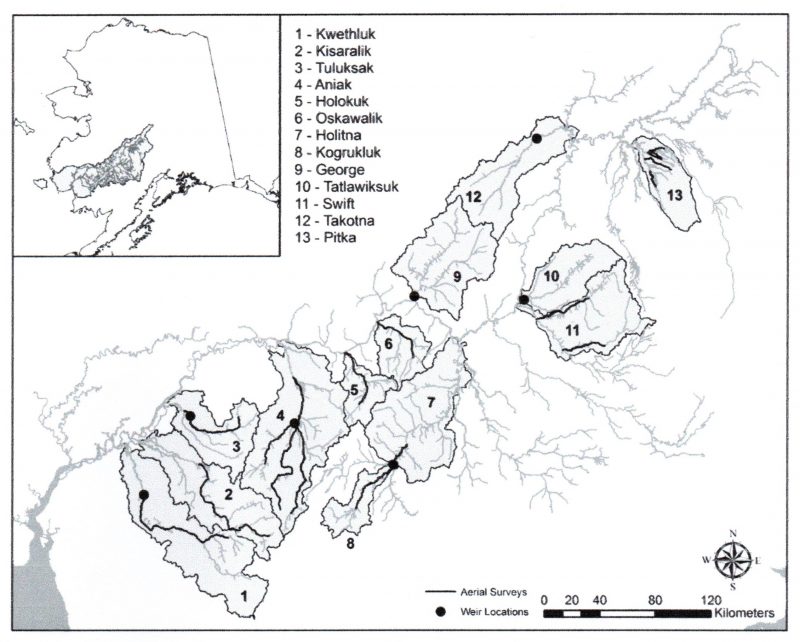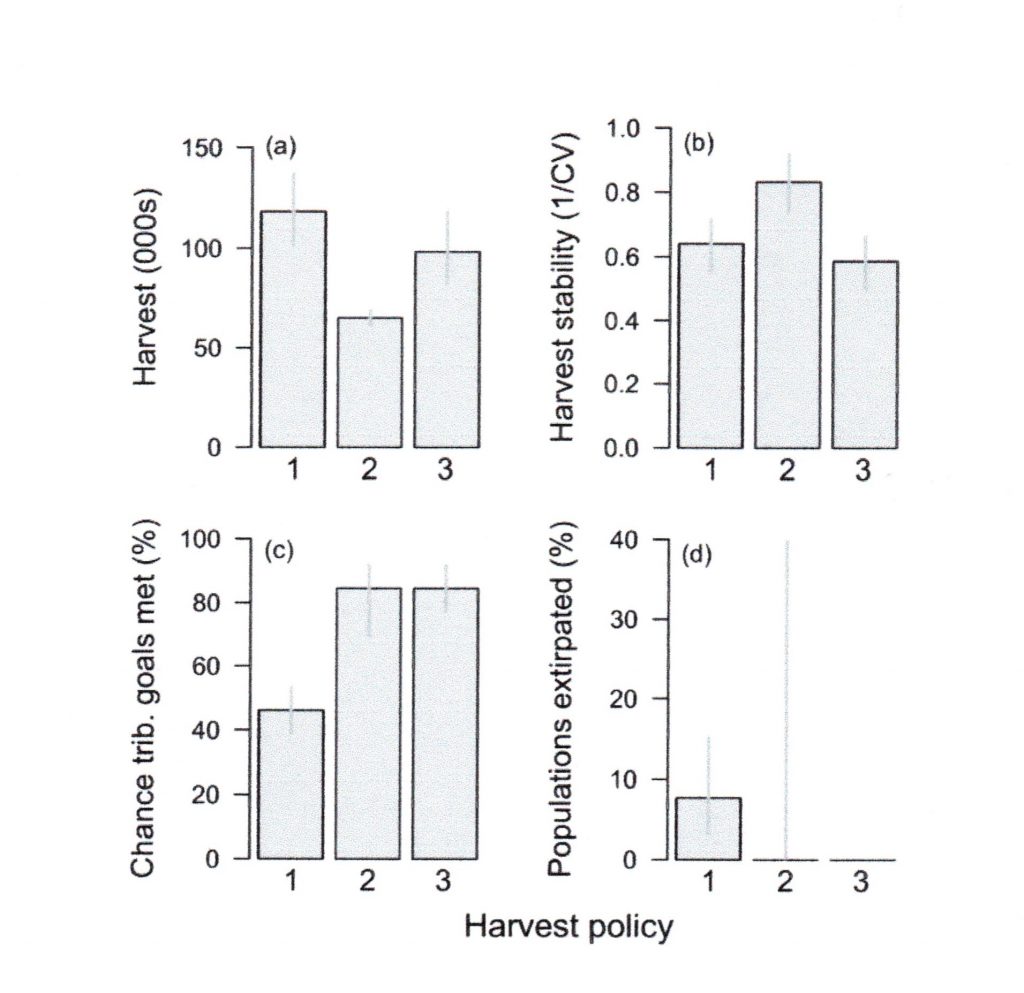By David Raskin, Friends President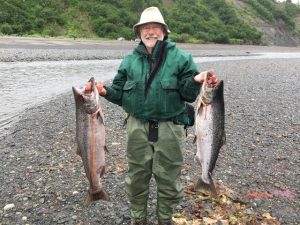
Kenai Regulations
The proposed Kenai Refuge public use, hunting, and trapping regulations and the environmental assessment were released with an August 10 deadline for comments. Friends have been working closely with a group of Alaska organizations to develop comments and recruit people to submit comments and have sent action alerts to their members. Poppy Benson has written many communications, and Becky Hutchison wrote the excellent op-ed that was published in the Peninsula Clarion. I submitted comments for Friends (see link on our website). We have also requested public hearings to rectify the flawed way in which the USFWS has minimized the visibility of the release of this program and failed to schedule public hearings. The Humane Society commissioned a scientific poll of Alaska residents that shows overwhelming opposition to the proposed regulation. This is a very important issue that not only affects the Kenai Refuge but could set undesirable precedents that would negatively impact other refuges.
Arctic National Wildlife Refuge
We are still waiting for the Secretary of Interior to issue the Record of Decision (ROD). The biological issues and uncertainty of a successful lease sale may be slowing its release by DOI. There has been no news to date, but we expect to see the ROD possibly by September.
The Arctic Refuge Defense Campaign (ARDC) lobbyists were again successful in their efforts to have minimum bid language included in the House Interior Appropriations bill. The language basically requires them to meet the stated minimum for how much they need to raise for a lease sale. If they do not achieve the minimum bids, they cannot use the funds. This presents a major problem for drilling proponents to have a successful lease sale, and we owe a big thank you to Representative Betty McCollum for shepherding this critical amendment through her committee.
The ARDC campaign’s highly successful meetings with executives of oil companies, insurance carriers, and financial institutions concerning the dangers of Arctic drilling and the financial risks of supporting such efforts. They have now focused on pressuring Bank of America and oil and gas development companies to join the major financial institutions in refusing to fund oil development in the arctic.
Izembek National Wildlife Refuge
Since the June 1, 2020 Federal District Court decision nullified the proposed land exchange with King Cove, there has been no news of any actions by road proponents. Any new attempt to resurrect the road would require an act of Congress and a signature by the president. Trustees for Alaska and all of our conservation partners remain vigilant for any attempts by the Alaska delegation to have a rider added to other legislation.
Ambler Road
Soon after the State of Alaska approved spending another $500,000 of taxpayers funds, a coalition of concertation groups filed suit to stop this damaging road from being built. It would invade the Gates of the Arctic National Preserve and have the potential to disrupt wildlife and habitat that could have major negative impacts on the national park and nearby wildlife refuges. We hope that the lawsuit will halt this costly and destructive project.
